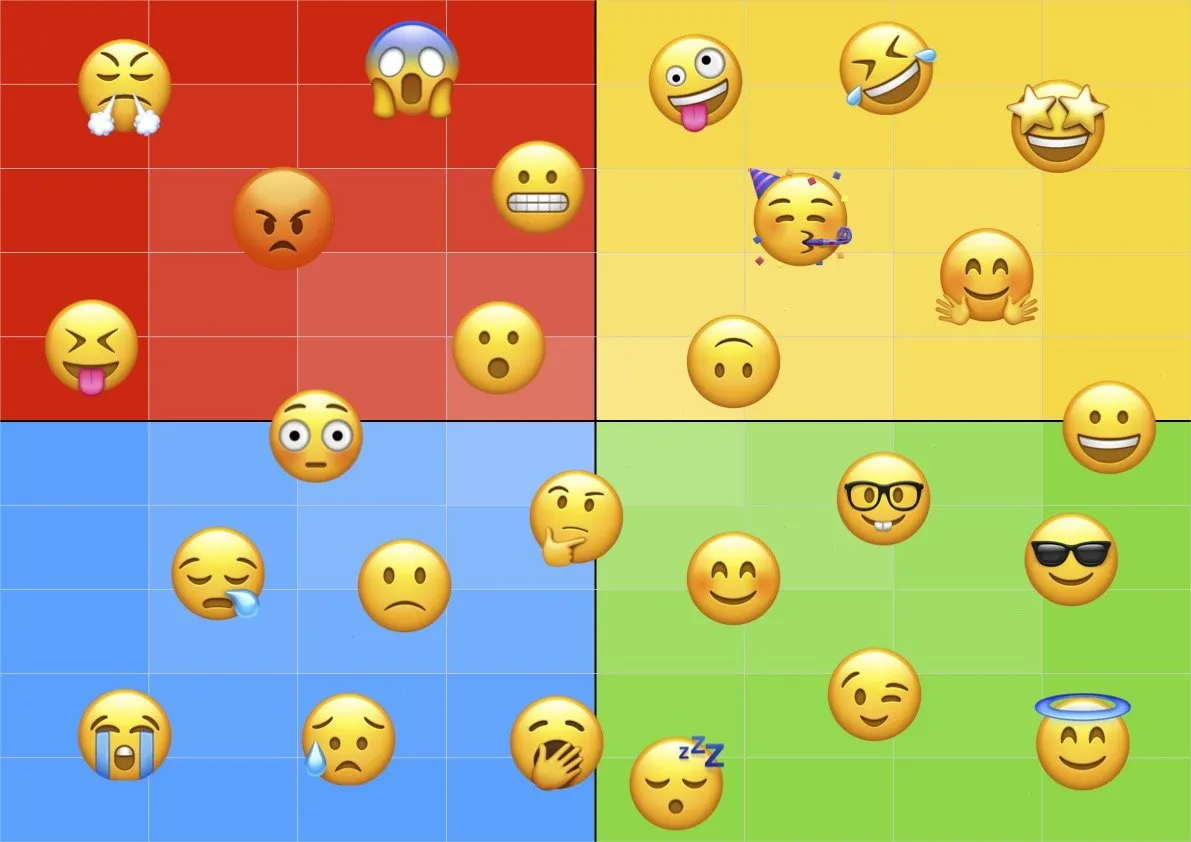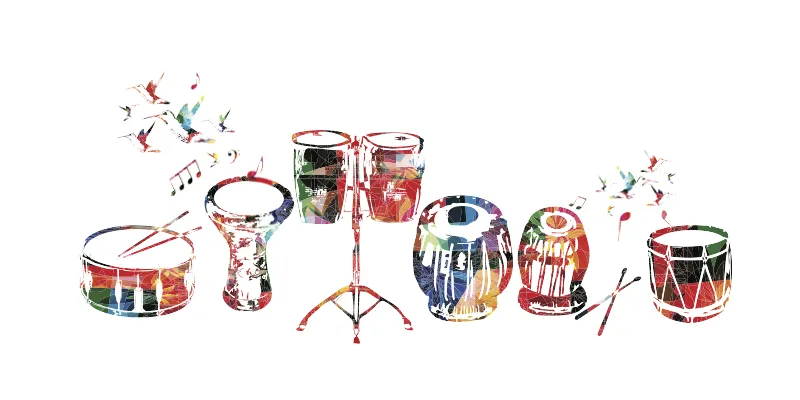Private
Three Tools for Understanding and Regulating Emotions
The better our own emotional intelligence and ability to understand and regulate our emotions, the easier it will be for the children and teenagers we live or work with to do the same.
Mood Meter files
Author Author: Katie Roth Mood Meter files for download I have created Mood Meter files in three sizes: A3, A4 and 127x178mm, and feelings & emotion posters as an A3 poster, and as small cards on an A4 sheet which you can cut out. If you would like another size or format, do get in touch by email – [email protected] recommend printing the A3 posters on 250g paper, and the 127x178mm cards on 280g. Read more about how to use these materials: Three Tools for Understanding and Regulating Emotions. To download the .pdf file, click on the image. Files in various sizes for printing are available for download HERE. DOWNLOAD MORE FILES
Musical Activities for Exploring the Mood Meter
Author Author: Katie Roth This post describes a number of different activities I have used with groups to explore the mood meter in more depth, using music. You can read more about the mood meter here, but here is a quick reminder of the four zones: Musical Activities for Exploring the Mood Meter 1. Match the Music to the Zone I have created some playlists with music that reflects the four quadrants of the mood meter. We listen to fragments of each piece of music or song and pupils move to the spot on the mood meter they feel matches the music. Sometimes we spontaneously start dancing! The playlists can be found on Spotify: Playlist 1 (more pop/rock) and Playlist 2 (more classical). 2. Guess the Zone In pairs, using percussion instruments, one person secretly chooses and then plays music for one of the feeling words or mood meter zones to their partner, who has to guess which word or zone is being played. A variation on this is for the person who is guessing not just to listen, but to take a similar percussion instrument and mirror their partner’s playing, so they can really ‘feel in’ to the emotion that is being played. 3. Painting to music Each person has a large sheet of card or thick paper, and there are big bottles of paint, paper plates for pallettes, brushes, water and paper towels available. Each person finds a space where they won’t be disturbed by anyone else and then, without talking, paint freely whilst listening to the music in one of the playlists mentioned above (whole songs, not just fragments). I encourage pupils…


